Archives
- 2025-11
- 2025-10
- 2025-09
- 2025-03
- 2025-02
- 2025-01
- 2024-12
- 2024-11
- 2024-10
- 2024-09
- 2024-08
- 2024-07
- 2024-06
- 2024-05
- 2024-04
- 2024-03
- 2024-02
- 2024-01
- 2023-12
- 2023-11
- 2023-10
- 2023-09
- 2023-08
- 2023-07
- 2023-06
- 2023-05
- 2023-04
- 2023-03
- 2023-02
- 2023-01
- 2022-12
- 2022-11
- 2022-10
- 2022-09
- 2022-08
- 2022-07
- 2022-06
- 2022-05
- 2022-04
- 2022-03
- 2022-02
- 2022-01
- 2021-12
- 2021-11
- 2021-10
- 2021-09
- 2021-08
- 2021-07
- 2021-06
- 2021-05
- 2021-04
- 2021-03
- 2021-02
- 2021-01
- 2020-12
- 2020-11
- 2020-10
- 2020-09
- 2020-08
- 2020-07
- 2020-06
- 2020-05
- 2020-04
- 2020-03
- 2020-02
- 2020-01
- 2019-12
- 2019-11
- 2019-10
- 2019-09
- 2019-08
- 2019-07
- 2019-06
- 2019-05
- 2019-04
- 2018-11
- 2018-10
- 2018-07
-
br Special report Financial and
2024-07-24
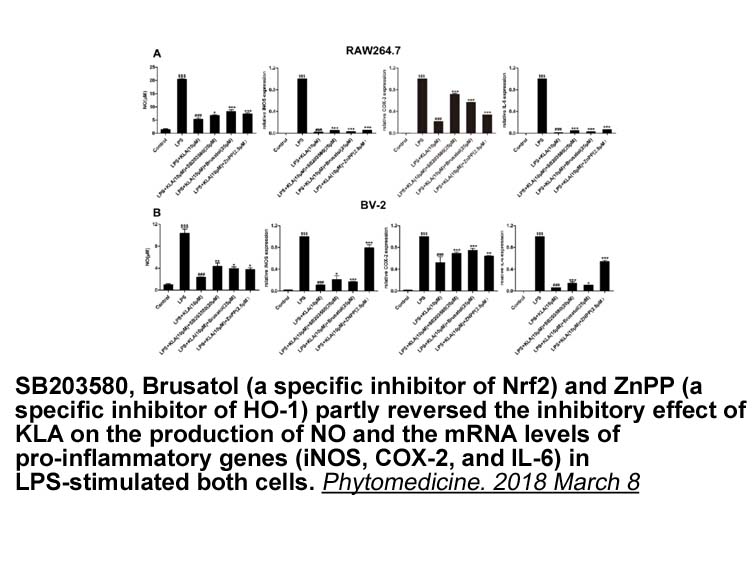
Special report – Financial and personal benefits of early diagnosis Acknowledgments The Alzheimer’s Association acknowledges the contributions of Joseph Gaugler, Ph.D., Bryan James, Ph.D., Tricia Johnson, Ph.D., Allison Marin, Ph.D., and Jennifer Weuve, M.P.H., Sc.D., in the preparation of 201
-
The aldehyde reductase AKR A and aldose reductase AKR
2024-07-24

The aldehyde reductase (AKR1A1) and aldose reductase (AKR1B1) belong to aldo-ketoreductase (AKR) superfamily catalyzing the reduction of corresponding aldehydes and ketones involved. Both the closely related enzymes AKR1A1 and AKR1B1 have 65% structural similarity and differ only at the active site.
-
In summary the different types of interstitial cells
2024-07-24
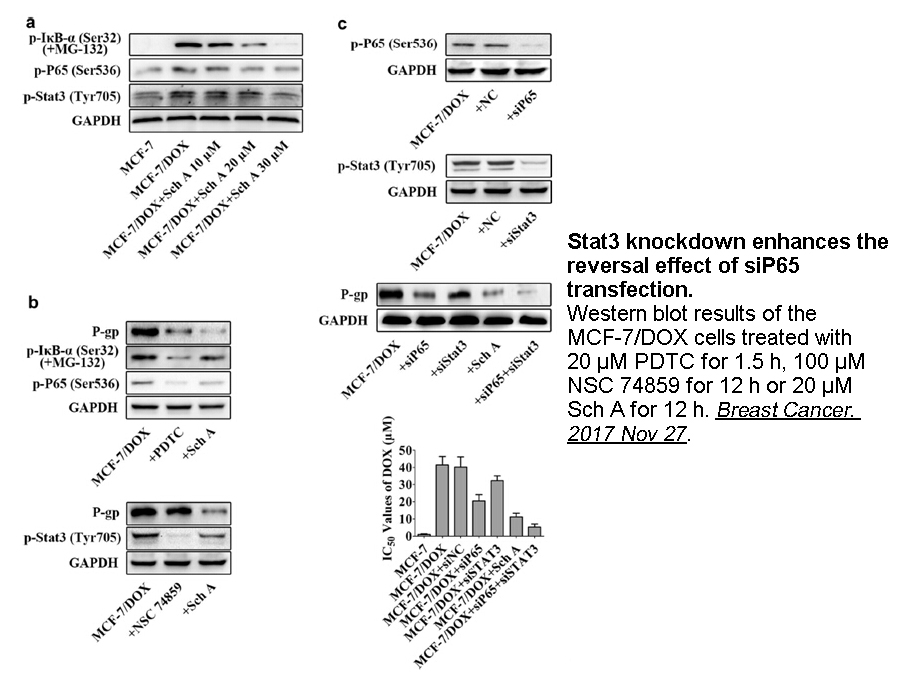
In summary, the different types of interstitial cells found in the current study are illustrated in Fig. 7A (see legend for further details), which is suggestive of a heterogeneous complex network of interstitial cells communicating with each other. The possible signaling pathways involving this int
-
Adenosine is a ubiquitous homeostatic
2024-07-24

Adenosine is a ubiquitous homeostatic substance released from most cells, including neurons and glias. Endogenous adenosine acts at four principal G-protein-associated receptor subtypes: A1, A2a, A2b and A3 (Ralevic and Burnstock, 1998). The stimulation of adenosine receptors by extracellular adenos
-
NSAIDs induce gastrointestinal toxicity and evoke asthma by
2024-07-24
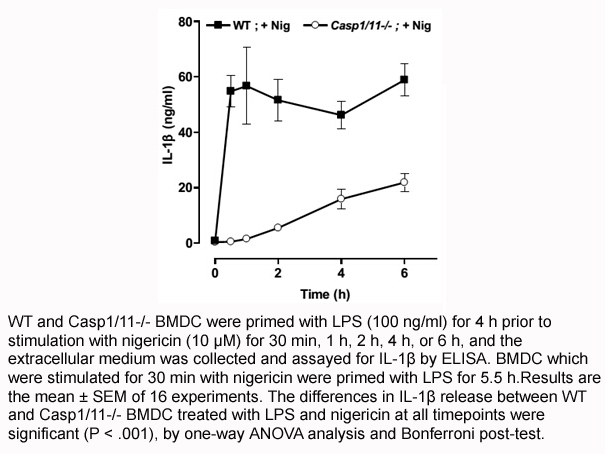
NSAIDs induce gastrointestinal toxicity and evoke dizocilpine by decreasing the production of gastroprotective prostanoids and by redirecting the COX substrate AA into LT biosynthesis, thereby causing vasoconstriction in gastric mucosa and airways (Celotti and Laufer, 2001; Koeberle and Werz, 2015;
-
In the mammalian brain synapse formation
2024-07-24
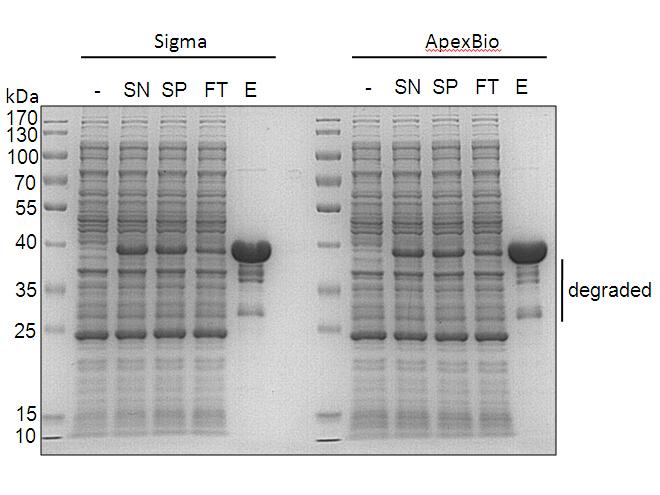
In the mammalian brain, synapse formation is followed by a period of synapse refinement, and autophagy has been shown to play an important role in this process. For example, Tang and colleagues found that autophagy is required for the developmental pruning of dendritic spines, and that this pruning
-
Several in vivo and in
2024-07-24

Several in vivo and in vitro studies have demonstrated changes in bioactive lipid profiles under hyperglycemic conditions and have linked these changes with increased leukocyte adhesion and vascular dysfunction during diabetes. This input has originated partly from lipidomic studies that showed elev
-
br Introduction In the past two decades graphene and graphen
2024-07-24

Introduction In the past two decades, graphene and graphene based nanomaterials with unique physicochemical properties have attracted great attentions in many fields including biomedicine and biotechnology. Graphene oxide (GO) and its derivatives have shown promising potential as biological and c
-
In vascular endothelial cells L
2024-07-24

In vascular endothelial cells, L-arginine produces nitric oxide (NO) under the action of nitric oxide synthase (NOS), and nitric oxide can activate guanylate cyclase to produce a large amount of cGMP, thereby relaxing vascular smooth muscle and expanding blood vessels. Numerous studies have confirme
-
Therefore the rational design of target
2024-07-24
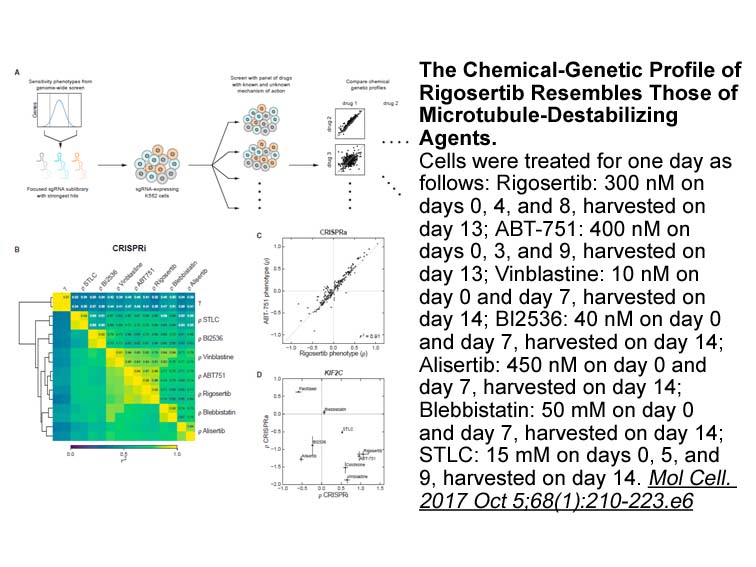
Therefore, the rational design of target compounds is based on the hybrid of attractive phenotypic bis-indole (5, Fig. 1) and sulfonamide moieties, in which the indole core might anticipate in hydrophobic interaction, and the functionality of sulfonamide group may involve in H-bonding with the site
-
In an effort to increase antioxidant properties
2024-07-23

In an effort to increase antioxidant properties of peptides from WP, Le Maux et al. (2016) altered the hydrolysis conditions (pH, enzyme type, reaction time, and temperature). Hydrolysis of WP (81% protein) test samples with papain (EC 3.4.22.2) at a constant pH of 7.0 gave significantly higher ORAC
-
br Results br Discussion Evaluation of antimicrobial usage i
2024-07-23
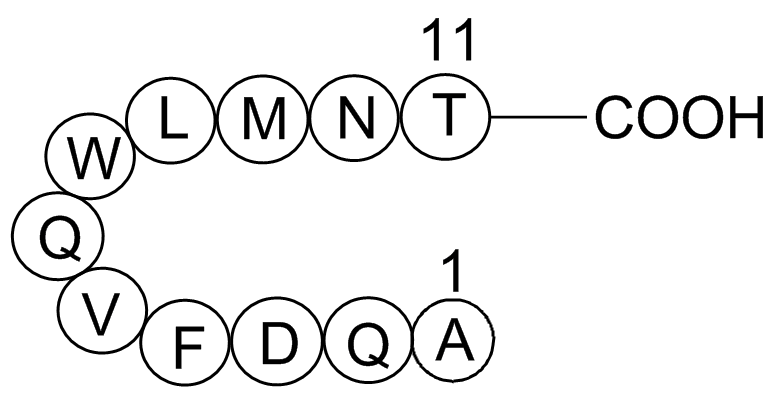
Results Discussion Evaluation of antimicrobial usage is standardized using the DDD as a recommended strategy for comparison with similar hospitals [13]. The use of risk adjustment is needed to overcome the challenge of benchmarking. Two patient characteristics are associated with clinical outc
-
br Results The newly synthesized leucine ureido derivatives
2024-07-23
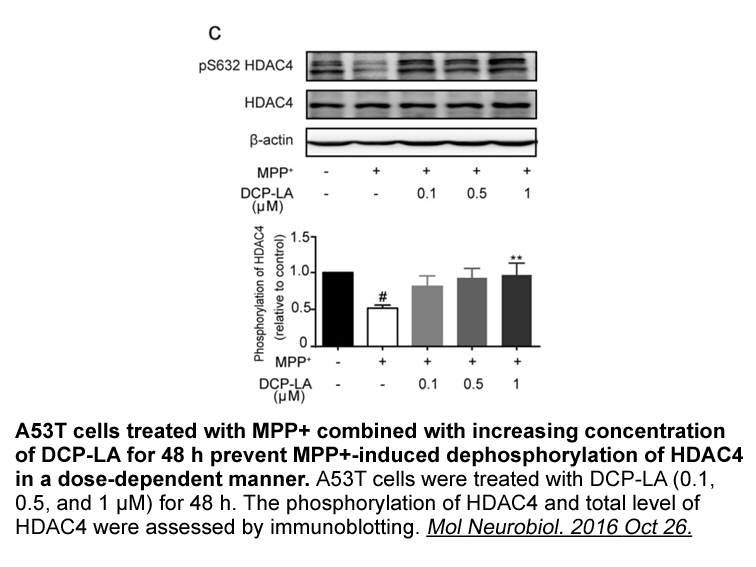
Results The newly synthesized leucine ureido derivatives were firstly evaluated for their enzymatic inhibition using porcine kidney APN (Microsomal, Biocol) with bestatin as the positive control (Table 1). One isoleucine ureido derivative 14 and phenylglycine ureido derivative 15 were also synthe
-
Considering our previous results with cfDNA in EGFR
2024-07-23

Considering our previous results with cfDNA in EGFR TKI-resistant NSCLC patients and growing evidence about different mutations in the ALK kinase domain as responsible for acquired resistance to ALK TKIs, we planned this study. Even if a next-generation sequencing approach after PD during crizotini
-
Aldose reductase ALR EC the first enzyme in the polyol
2024-07-23

Aldose reductase (ALR2, EC1.1.1.21), the first enzyme in the polyol pathway, is a monomeric oxidoreductase that catalyses the NADPH-dependent reduction of a wide variety of carbonyl compounds, especially glucose. In this metabolism pathway, glucose is firstly reduced to sorbitol catalyzed by ALR2 wi
16378 records 110/1092 page Previous Next First page 上5页 106107108109110 下5页 Last page